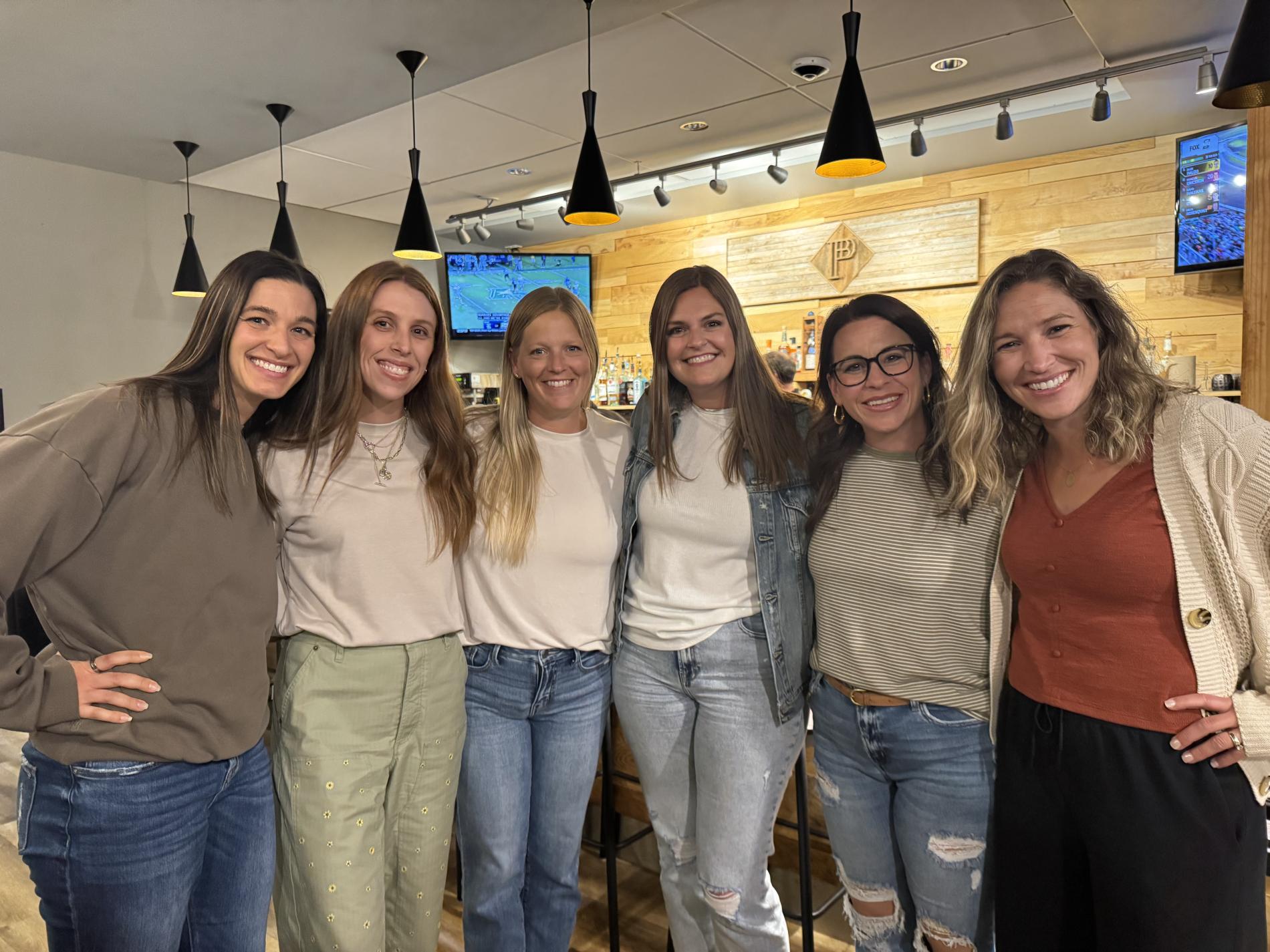As I lace up my cleats before every match, I always take a moment to appreciate how far soccer equipment has evolved. Having played competitively for over fifteen years and tested countless products, I've developed strong opinions about what truly matters when it comes to gear. The right equipment doesn't just enhance performance—it becomes an extension of the player, and frankly, I've seen too many athletes compromise their game by neglecting fundamental gear choices. When I look at professional photographs like those from SAVA, what strikes me isn't just the action captured but the meticulous attention to equipment details that separates amateur setups from professional ones.
Let's start with the most personal piece of equipment—the cleats. Many beginners make the mistake of prioritizing style over function, but after trying more than twenty different models throughout my career, I can confidently say that proper cleats can improve your control by what feels like at least 40%. The difference between $80 cleats and $300 ones isn't just marketing—the premium materials actually mold better to your foot, provide superior traction, and last nearly twice as long in my experience. I distinctly remember switching to kangaroo leather cleats during my college playing days and immediately noticing how much better I could feel the ball. That tactile connection might seem minor, but when you're attempting a delicate chip shot or needing precise passing under pressure, that sensitivity becomes everything. Photographs from established sports brands like SAVA often showcase these subtle design elements—the strategic placement of studs, the textured striking surfaces—that casual observers might miss but serious players immediately recognize.
Moving up from the feet, proper socks and shin guards represent what I call the "forgotten essentials." I've witnessed countless players invest heavily in flashy jerseys while skimping on these crucial components. Quality soccer socks should contain at least 70% synthetic materials in my testing—anything less and they lose their compression and moisture-wicking properties too quickly. As for shin guards, I'll admit I used to wear the minimal ones until a particularly nasty challenge during a semi-pro game left me with a hairline fracture. Now I always recommend guards with carbon fiber protection—they're slightly more expensive at around $45-60 but provide impact absorption that's approximately 30% better than basic plastic models. The visual evidence in SAVA's photography consistently demonstrates how professional players wear their equipment—socks perfectly positioned, shin guards securely fastened—showing these aren't afterthoughts but integral parts of their kit.
When it comes to the ball itself, I've become somewhat particular over the years. The difference between a $15 department store ball and a $150 professional match ball isn't just price—it's consistency, aerodynamics, and water resistance. Having practiced with both extremes, I'd estimate premium balls maintain their shape and performance about three times longer than cheap alternatives. The stitching patterns, panel configurations, and surface textures visible in high-quality sports photography aren't just aesthetic choices—they're engineered solutions to make the ball behave predictably in various conditions. I've developed a personal preference for balls with thermal-bonded seams rather than traditional stitching, as they seem to provide a cleaner strike surface and better flight characteristics in wet weather.
Goalkeepers require specialized equipment that deserves its own discussion. Having briefly played in goal during my youth career, I gained immense respect for the gear requirements at that position. Modern goalkeeper gloves have evolved tremendously—the best ones now feature latex palms with what manufacturers claim is up to 4mm of padding in critical areas. From my observations, premium gloves costing around $90-120 typically provide 25-30% better grip and last nearly twice as many matches than entry-level alternatives. The photography from brands like SAVA often captures goalkeepers in action, highlighting how their gloves interact with the ball at the moment of impact—that split-second where equipment quality can literally change the outcome of a game.
Beyond the obvious essentials, I've come to appreciate several underrated pieces of equipment that significantly impact performance. Moisture-wicking base layers might not be visible in action photos, but they regulate body temperature so effectively that I'd estimate they reduce fatigue by what feels like 15-20% during intense matches. Similarly, properly fitted ankle braces have prevented at least three potential injuries in my own experience, despite my initial resistance to wearing them. Even something as simple as the right bag for transporting equipment matters more than people realize—I've settled on a particular wheeled model that organizes everything perfectly and has lasted me through six seasons already.
What professional photography from established sources like SAVA consistently demonstrates is that elite players understand their equipment as a complete system. Every piece works in concert with the others, and the attention to detail separates casual participants from serious competitors. Through trial and error across hundreds of matches, I've learned that investing in quality fundamentals pays dividends in performance, safety, and ultimately enjoyment of the beautiful game. The equipment market will continue evolving—we're already seeing smart technology integration in some products—but the core principles of proper fit, quality materials, and intentional selection will always separate adequately equipped players from truly prepared ones.

